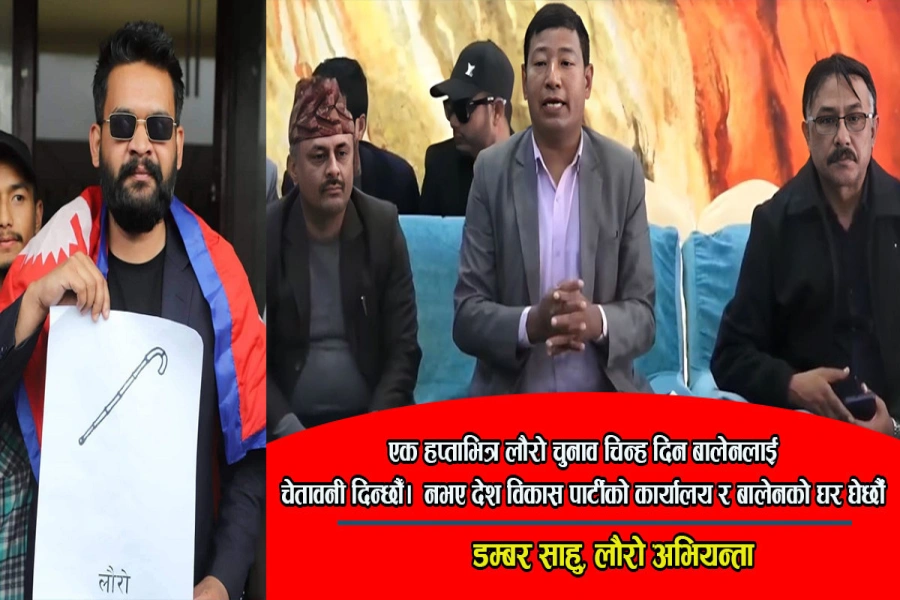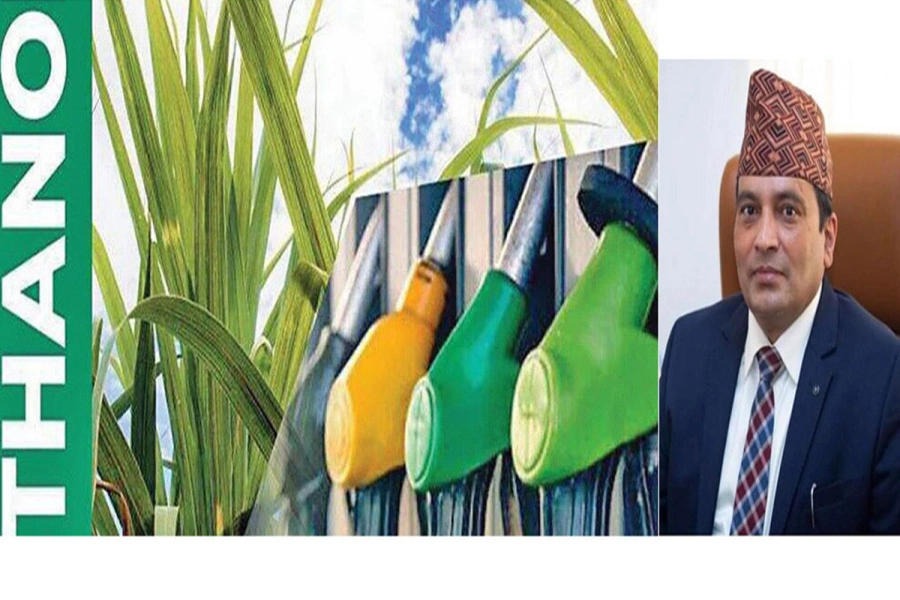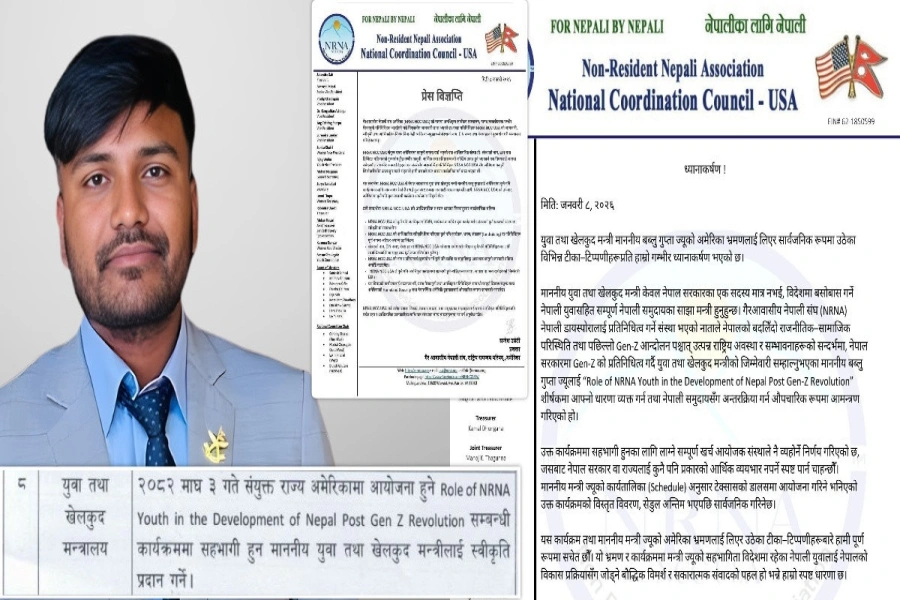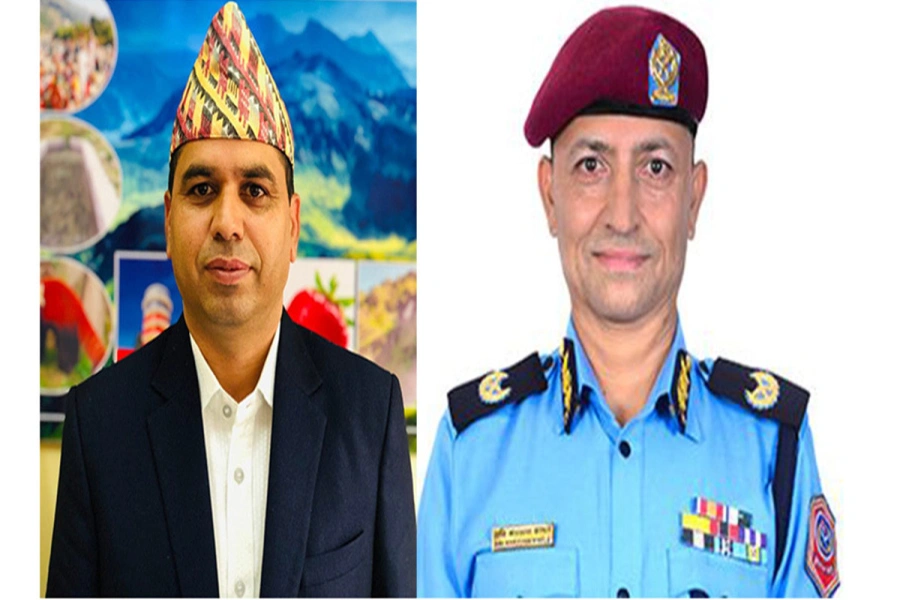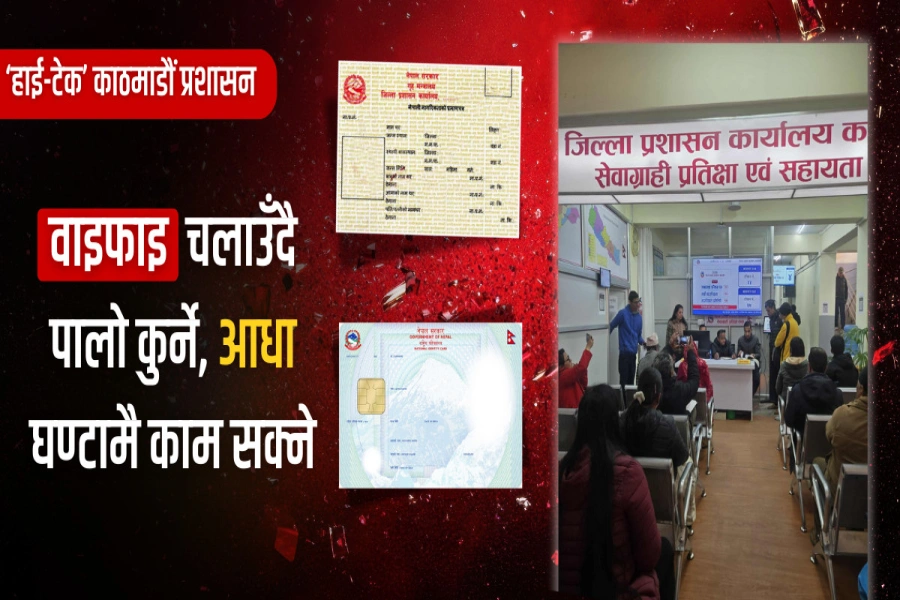Lumbini Province has a slightly more dynamic information landscape, while that of Madhesh Province is moderately vibrant.
KATHMANDU, June 26: The USAID Civil Society and Media (CSM) Program on Wednesday launched the Vibrant Information Barometer (VIBE) study report, which rates Nepal’s information ecosystem as somewhat vibrant.
Nepal scored 23 out of 40, which is an average from the score it received under four principles: information quality, channels, consumption and engagement, and transformative action. According to the report, Lumbini Province scored 24, indicating a slightly more dynamic information landscape than the national average, while Madhesh Province obtained 22, showing a moderately vibrant information environment.
The report was jointly unveiled by Chief Commissioner of National Information Commission (NIC) Mahendra Man Gurung and The Asia Foundation (the Foundation) Nepal’s Country Representative Meghan Nalbo.
Kathmandu metropolis undertakes feasibility study on blue lands...

The diverse and inclusive expert panel evaluated the vibrancy of Nepal’s media ecosystem based on 20 indicators with 167 sub-indicators. The study engaged over 30 expert panelists from the national level and two provinces, encompassing editors, media managers, civil society members, reporters, educators, and activists.
The panelists were asked to assign scores to specific indicators within designated ranges: zero to 10 for indicators categorized as ‘Non-Vibrant’, 11 to 20 for ‘Slightly Vibrant’, 21 to 30 for ‘Somewhat Vibrant’, and 31 to 40 for ‘Highly Vibrant.
The VIBE study was conducted by IREX as a part of USAID CSM Program implemented by The Asia Foundation in Nepal in partnership with Pact.
The report highlights several key insights about Nepal's media landscape. Urban content producers benefit from advanced resources like studios and AI technology, while their rural counterparts struggle with limited access to essential tools like printing presses, according to Umesh Pokharel, VIBE Lead researcher and author.
Similarly, media coverage in Nepal heavily focuses on politics, often at the expense of critical issues such as climate change, development, and marginalized communities, though investigative journalism remains crucial in holding officials accountable.
The dominance of the Nepali language in media limits accessibility for diverse communities, but regional outlets in languages like Maithili and Bhojpuri are working to enhance inclusivity. Leadership within Nepal's media is predominantly from the Brahmin and Chhetri communities, resulting in underrepresentation of marginalized groups, although non-professional content producers contribute diverse perspectives.
The report further highlights that financial challenges plague the media sector, affecting print, radio, TV, and online outlets, and leading to closures and job losses. Despite these issues, online platforms like YouTube and Facebook complement traditional media by providing diverse voices, although they face challenges related to content moderation and misinformation.
Chief Commissioner of National Information Commission (NIC) Mahendra Man Gurung addressing the event said that the NIC would draw on the findings and recommendations of the VIBE study report to prepare plans and plans relevant to the effective implementation of Right to Information (RTI).
The report identifies strengths and challenges and provides recommendations for enhancing Nepal’s information ecosystem.
The Asia Foundation Country Representative Meghan Nalbo, addressing the event said, “The Asia Foundation Nepal is committed to further enhancing Nepal's information ecosystem. As we’ve heard this morning, the media industry in Nepal has been facing a severe crisis recently. The VIBE report is an important, reliable evidence base on Nepal’s information ecosystem; it provides us the opportunity to reflect, listen to the accessed gaps for Nepal to meet its own resilient information needs, and work towards strengthening the information landscape, which I believe will help the media support the country’s vision for its own thriving development.”
The USAID Civil Society and Media program, funded by USAID/Nepal is implemented by The Asia Foundation to support independent civil society and media led by and for targeted women, youth, and marginalized communities to advance public interest, fundamental freedoms, and accountability.





